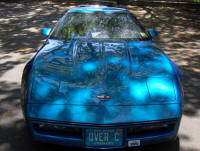RIKLBLOG
|
| Tomorrow |
| 23 Dec. 2008 |
| Yesterday |
| Index |
| Eventide |
| SETI League |
| PriUPS Project |
| Bonus! |
| Contact |


RIKLReviewTM — The BlackBerry Storm (Part 4)
Zoomage
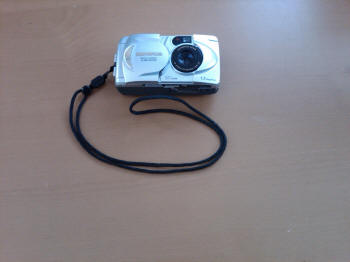 |
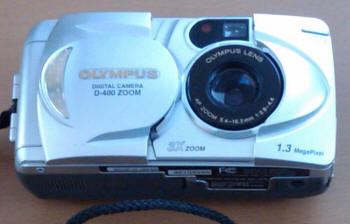 |
|
Above: 2048*1536 |
|
 |
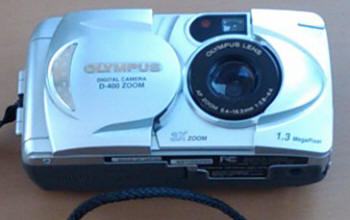 |
|
1024*768 |
|
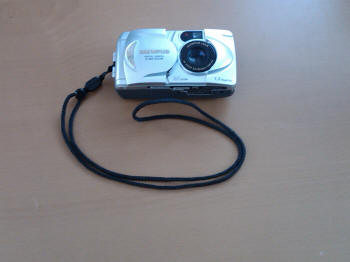 |
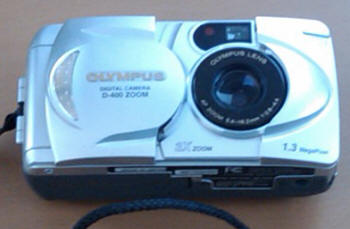 |
|
1024*768 |
|
 |
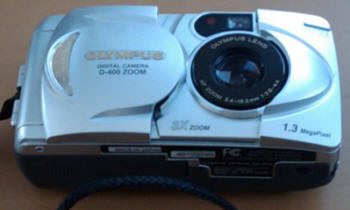 |
|
640*480 |
|
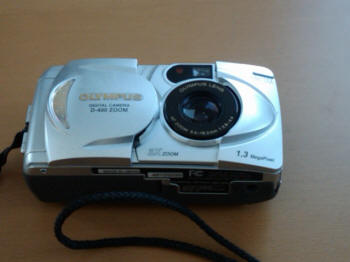 |
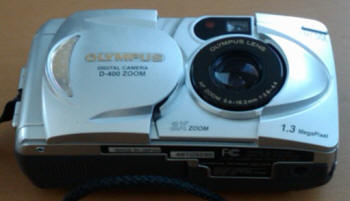 |
|
640*480 |
|
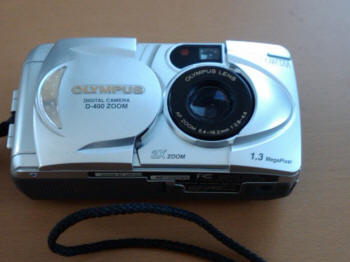 |
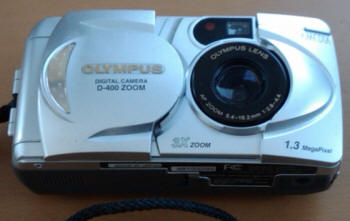 |
|
640*480 |
|
You can see the full-size original of each picture by clicking on it in the left column.
It seems to me that the zoom control on the Storm does two things: It selects the field of view, and it selects the number of pixels in the resulting photo. For example, it does seem to be a true zoom in the 640 by 480 pictures, since the subject occupies a different percentage of the same size frame. With an "optical zoom," one would expect the picture to get more detailed and clearer as the field of view decreases. That is not the case here. I think that the level of detail is essentially identical in all the photos. (Optical zoom requires physical change in the location or shape of the lens(es). I'm not sure that any cellphone has implemented this due to restricted size. Another reason to hate the "thin" obsession that prevents making good cameras out of them!) Given that there is no good way to do a true optical zoom, it actually makes some sense that it works the way it does. If you are only photographing a small section of the cellphone's field of view, why output all the pixel data, which will either be empty or redundant. But, why have to plough through this review to find out? I haven't been able to find any of this information in the manual, and the camera itself only shows a zoom level between 1 and 2, which is pretty meaningless. You can see on the screen what you're photographing, so why not make the zoom level show the actual picture size, e.g., 640*480? A trivial software change will make the Storm camera's operation a lot more understandable.
A note about taking the photos. I would ascribe any slight change in the clarity of the pictures to my inability to hold the camera perfectly steady. It is awkward to do so; there is no tripod mount, and the "shutter" button is small and requires some effort to press. Presumably this is a result of the compromise between higher mechanical resistance and a tendency to take pictures of the inside of your pocket. You can also take pictures by placing your thumb on the touchscreen while holding the camera more naturally. I also noticed something odd. As with many cameras, if you press the shutter button half-way, the camera will auto-focus, saving that setting when you fully depress the button. When I tried this, it appeared that the auto-focus image was a lot sharper than the image the camera finally delivered. My imagination? My unsteady hands? A software bug? Presumably we'll find out in the next revision.
Some Real Photos
When I was trying to decide whether to "buy" the Storm, I looked in vain for some real photos taken by real people. Permit me to save you that same chore. Click on each picture for a full-size version.
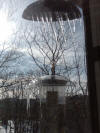 |
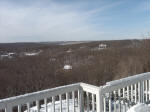 |
 |
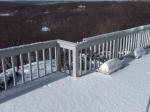 |
 |
| Cold Birds | Basic Outdoors | An Art | The Deck | The Tree |
I'm disappointed with the picture of The Tree. I think cellphone cameras have problems with dynamic range, and even the little pinpoint lights gave it trouble. Or, of course, it could be my unsteady hands.
The Verdict
The Storm camera is capable of taking pictures with good resolution. I haven't played with the camera options, which include image stabilization, "color effect," picture quality (which I leave at maximum,) and geotagging, which I turned on, but see no evidence of its functioning. I'll try to explore that when I get to the GPS. Meanwhile, if you look at the pictures, you can see fine detail, and if you compare them with those of the Motorola Q, you can see that this one camera is much better.
If you compare them with a real camera with a real lens, you'll see that even this high-end cellphone has a long way to go.
|
Special Advertising Section Please buy this lovely blue Corvette ZR1!
|
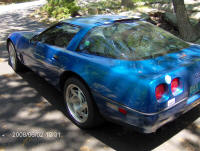 |
NP: "Sybil Green (Of the In Between)" - Blues Magoos
| © 2008 |
| Richard Factor |
